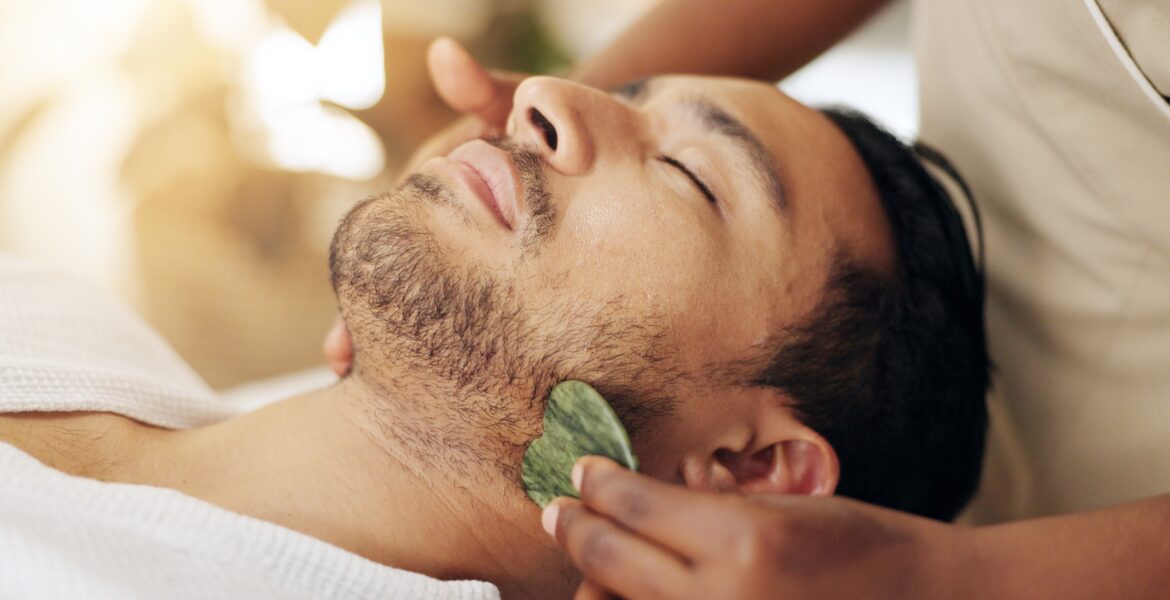Gua sha, an ancient Chinese practice, has been gaining popularity in recent years for its potential skincare benefits. It involves using a tool to scrape the skin gently to improve circulation, release tension, and promote lymphatic drainage.
In this guide, we’ll walk you through some tips for doing gua sha correctly on your face, so you can achieve that coveted radiant glow safely and effectively.
Understanding Gua Sha Tools
Traditionally, practitioners use tools made from jade or rose quartz, but you can also find them in other materials like stainless steel or buffalo horn. These tools typically have smooth, rounded edges and come in various shapes and sizes.
When selecting a gua sha tool, opt for one that feels comfortable in your hand and glides smoothly across your skin. Ensure that the edges are not too sharp to prevent injury. Remember, the goal is to provide gentle pressure without causing discomfort or bruising.
Preparing Your Skin
Preparation is key to a successful gua sha session. Start by thoroughly cleansing your face to remove any makeup, dirt, or oil. This ensures that the tool can glide smoothly across your skin without encountering any obstacles.
Next, apply a generous amount of facial oil or serum to provide lubrication and reduce friction during the gua sha massage. Choose a product that suits your skin type and contains nourishing ingredients like jojoba oil, rosehip oil, or squalane.
Proper Technique
Hold the gua sha tool at a 15- to 45-degree angle against your skin, ensuring that the flat edge is in contact with the surface. Start at the center of your face and work outward, using gentle but firm pressure.
Move the tool in upward and outward strokes, following the natural contours of your face. Avoid dragging the tool downwards, as this can contribute to sagging skin over time. Instead, focus on lifting and sculpting the facial muscles for a more youthful appearance.
As you glide the tool across your skin, you may notice a slight reddening, known as “sha.” This is a sign of improved blood circulation and is perfectly normal. However, if you experience any pain or discomfort, reduce the pressure or discontinue use immediately.
Targeted Areas
Certain areas of the face can benefit from specific techniques. For example, to reduce puffiness and dark circles under the eyes, gently glide the tool from the inner corner towards the temples. For tension relief in the jawline, use short strokes along the jawbone, moving towards the ears.
Don’t forget to pay attention to areas prone to fine lines and wrinkles, such as the forehead and around the mouth. Use light pressure and small, circular motions to stimulate collagen production and promote smoother, firmer skin.
Frequency and Consistency
Like any skincare practice, consistency is key to seeing results with gua sha. Aim to incorporate it into your routine at least 2-3 times per week for noticeable improvements in skin tone and texture. However, be mindful not to overdo it, as excessive pressure or frequency can lead to irritation and inflammation.
Listen to your skin and adjust your routine accordingly. If you notice any signs of sensitivity or redness, take a break and allow your skin to recover before resuming your gua sha practice.






